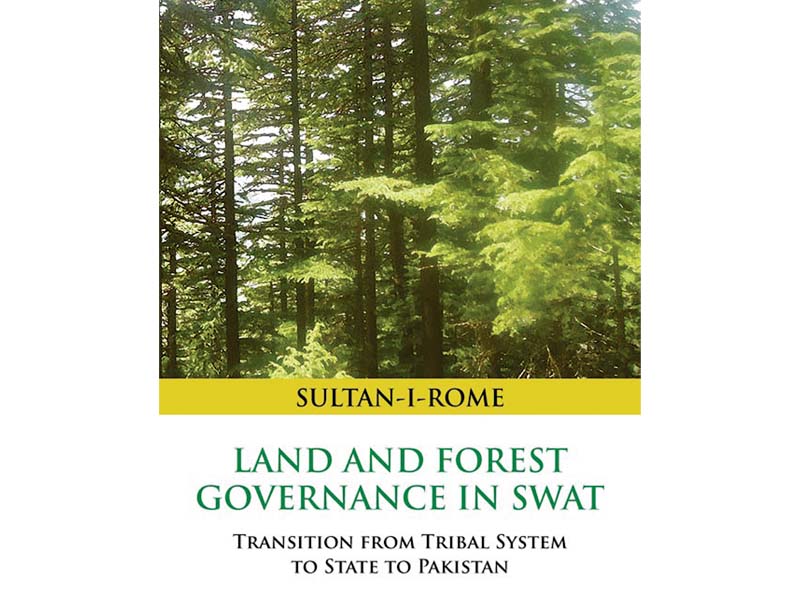
Swat Valley once had thriving forests that stretched far and wide. However, this is now a thing of the past as the gradual depletion of forest cover holds sway.
The state of affairs in the valley has been radically altered with the passage of time. Land and Forest Governance in Swat by Sultan-i-Rome puts a spotlight on this process of change. The author is a professor of history with a PhD from the University of Peshawar.
With an abundance of factual information, the book offers a rare account on forests in the scenic valley in Khyber-Pakhtunkhwa. It is based on primary source material — both published and unpublished — as well as secondary sources and one-on-one interviews and can also be used for academic purposes.
The book draws attention to forest management in the then Swat state areas and Kalam from the 16th century to 2014. Land and Forest Governance in Swat sheds light on issues of land tenure and ownership systems. The political and administrative backdrop to all the issues has also been explored in detail.
The 581-page book is divided into chapters that are specific to time periods and filled with references to the political landscape of each era.
The introduction sets the tone for the reader, explaining how the dreadful practice of logging tarnished the beauty of one of the most scenic regions. The author explains how the 19th century proved to be a turning point for Swat when some outsiders extracted timber for export out of the valley.
The author has quoted a number of references to substantiate his work. The first and second chapters are about the political history and land dimensions of the valley while the third chapter deals with forestry in the pre-Swat state period.
Subsequent chapters shift the focus to the period of Walis from 1917 to 1969. The author has also painstakingly described forests management affairs in post-Swat state period (1969-2014).
Two chapters have been devoted to a detailed appraisal of Kalam Tract before 1947 and Kalam from 1947 t0 2014.
The book is a valuable read for any discerning reader interested in the affairs of forest management of Swat. Students, environmentalists and those working in forestry departments will find it to be an essential guide as it helps readers understand the finer points of the trade.
Title: Land and Forest Governance in Swat
Author: Sultan-i-Rome
Publisher: Oxford University Press, Pakistan
ISBN: 9780199066902
The writer is Gilgit-Baltistan correspondent for The Express Tribune
Published in The Express Tribune, September 4th, 2016.
Like Life & Style on Facebook, follow @ETLifeandStyle on Twitter for the latest in fashion, gossip and entertainment.


























1714024018-0/ModiLara-(1)1714024018-0-270x192.webp)










COMMENTS
Comments are moderated and generally will be posted if they are on-topic and not abusive.
For more information, please see our Comments FAQ